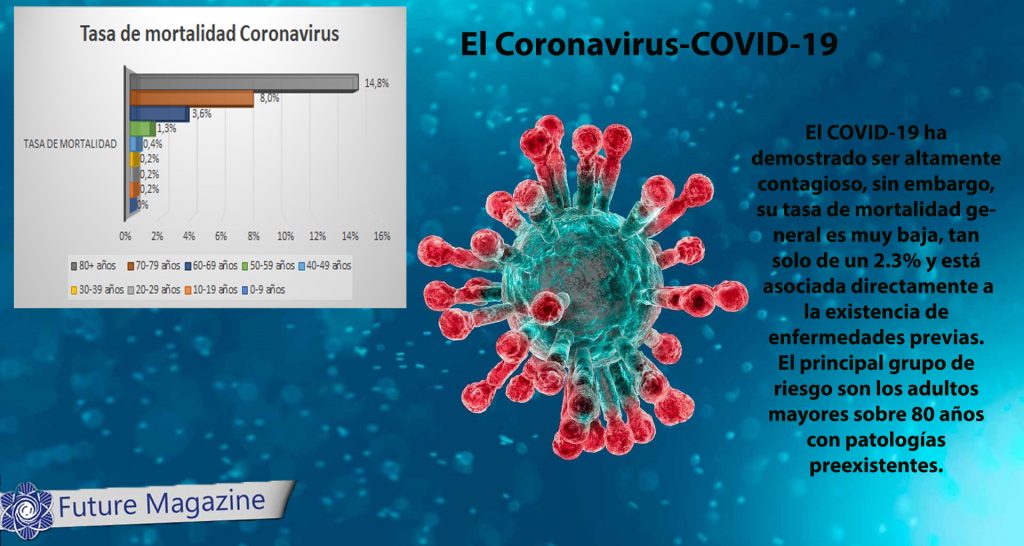The Corona Virus and why the virus itself is our smallest problem, part 1
Coronavirus and mutation capacity of viruses
So far, the count for COVID 19 is more than 7100 dead and almost 180,000 infected. This is the state on the 17th of March 2020. In just over two months this new virus has emerged which threatens humankind with an uncontrollable spreading capacity and that has turned into a fight against time for all countries in the world.


Within the mitigation measures the Chinese government, the main country affected by the epidemic (until now), has given the order to incinerate the bodies of those killed by Coronavirus and avoid all types of transfers or public funerals, thus seeking to stop the spread.
But how and why does a virus mutate? Viruses need a host as a basic necessity, a cell to which they adhere and “inject” their genetic material, DNA or RNA, giving them the order to produce more cells, thus spreading through the organism of the host in question. In the case of human beings, the immune system will “block” the cell to avoid spreading, however, the virus can change the protein that covers them and thus mutates to continue spreading, a kind of extraordinary biological disguise. In the same way, the speed with which they mutate will depend on whether their genetic material contains DNA or RNA. Viruses and bacteria with DNA mutate much slower, such as smallpox. On the other hand, those that contain RNA, such as influenza viruses, HIV and Ebola, have much higher mutation rates.
SARS-CoV2 is a sample of the flexibility of viruses, evidence that all biological agents are alive and trying to spread.

Read the second part of our article here
The Coronavirus and because the virus is the least worrying us, part 2
